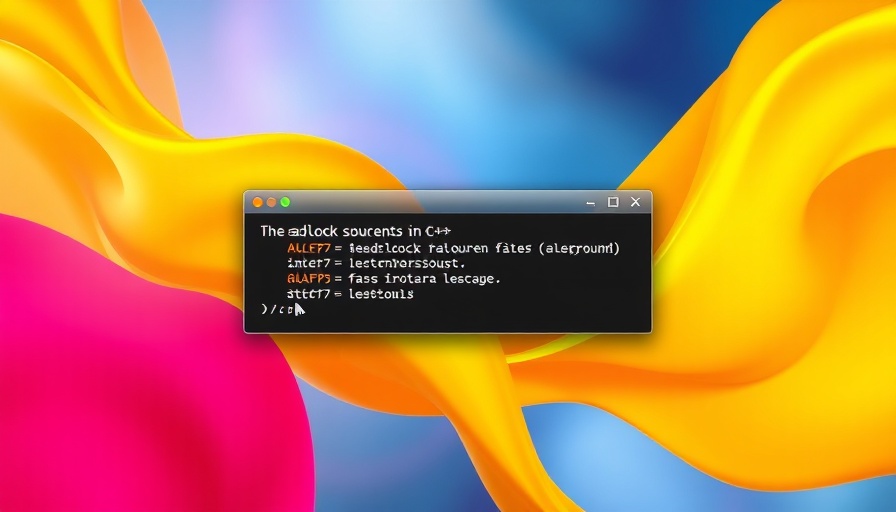
What Does OpenAI's o1 Pro Signal for AI Progress?
OpenAI's o1 Pro model has redefined the landscape of AI performance. Launched in late 2024, this model is now accessible through API, charging a staggering $150 per million input tokens and $600 per million output tokens. This pricing not only positions it as the new heavyweight in AI technology but also makes its predecessor, GPT-4.5, seem relatively affordable in comparison, given it charges $75 for input and $150 for output tokens.
Advancements in AI: Capabilities and Applications
What truly sets o1 Pro apart from its competitors? With improved success rates in challenging domains such as mathematics, programming, and scientific research, o1 Pro not only surpasses GPT-4.5 but also the new contenders like Claude 3.7 “Thinking” and Grok 3 “Think.” OpenAI emphasizes that this model's capabilities are mostly aimed at researchers and professionals who need cutting-edge precision and processing power for specific challenges.
A Closer Look at Competition in AI
As the landscape evolves, how do models like Claude 3.7 and Grok 3 stack up against o1 Pro? Notable advancements by these competitors allow them to tackle a variety of problems, contributing to the dynamic environment of AI innovation. Yet, o1 Pro maintains its place among the top three models in terms of performance, according to the Artificial Analysis Intelligence Index.
Understanding the Increased Accessibility for Researchers
With o1 Pro now available through API, a new wave of innovation is anticipated. Researchers and engineers who previously relied on the more economical GPT-4.5 can now explore high-level computations without the barriers of traditional models. This democratization of technology may lead to breakthroughs in fields that require deep reasoning and extensive data processing.
Future Trends in AI Pricing: A Breakdown
The differential in pricing for AI models begs a question: will this trend continue? As demand for increasingly powerful AI solutions rises, pricing structures may evolve. For instance, if a model like o1 Pro proves indispensable for scientific advancements, it could dictate the market and affect how AI models are priced and adopted by various sectors.
Potential Moves by AI Companies: What Will Come Next?
Future strategies from AI companies are crucial as competition heats up. OpenAI's significant leap with o1 Pro invites similar pushes from competitors, establishing an imperative to innovate constantly. Each company is likely scrutinizing user feedback to tailor their models further, aiming to provide greater value, perhaps by integrating features that enhance user experience.
As we observe these developments, it’s essential for AI enthusiasts to consider the broader implications. Enhanced models might solve complex issues faster, but they also heighten discussions around accessibility and the socioeconomic impacts of emerging AI technologies.
Embracing the Future of AI
Staying informed on such advancements in AI is vital for anyone invested in technology's trajectory. As we witness these shifts in the AI landscape—especially with changes like the transition from GPT-4.5 to o1 Pro—it's crucial for users to assess how these innovations can enrich their professional and personal projects.
For AI lovers eagerly following the latest trends, exploring these models and their implications is essential. Join the conversation and stay up to date with the latest AI news. Your engagement could shape how these technologies unfold in the future.
 Add Row
Add Row  Add
Add 




 Add Row
Add Row  Add
Add 

Write A Comment